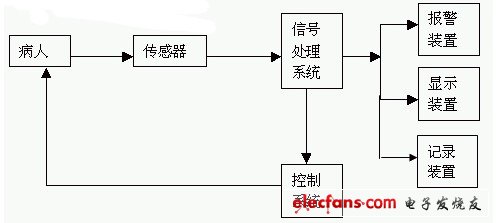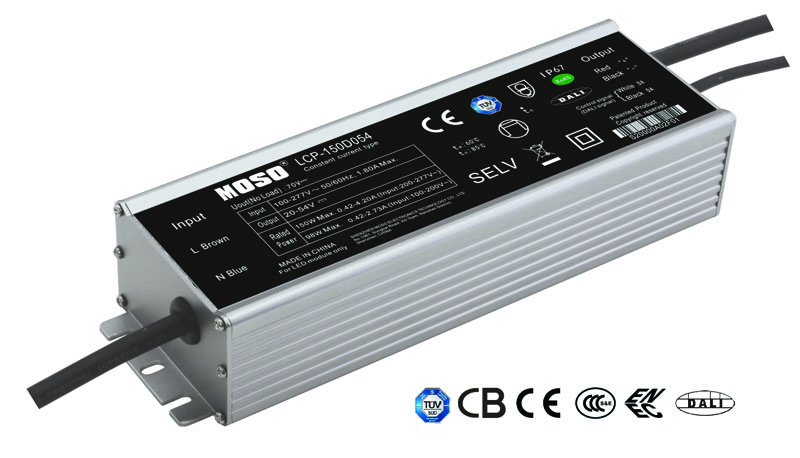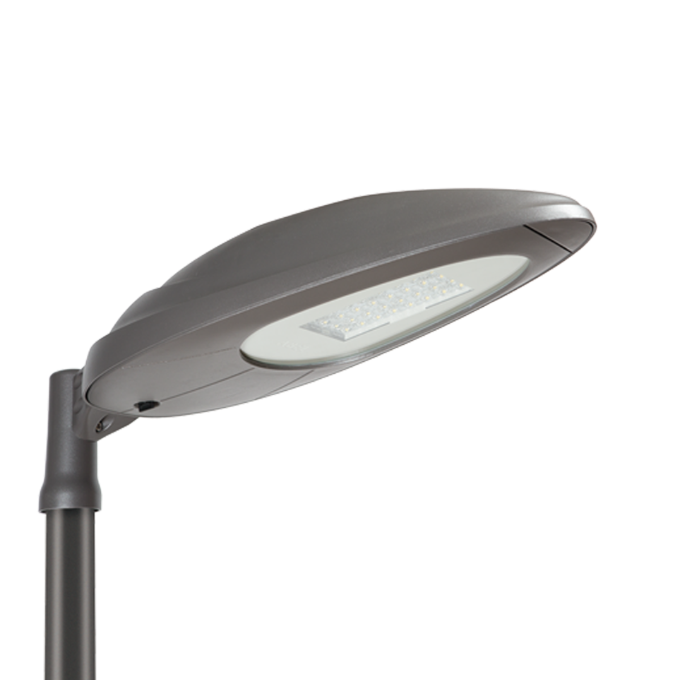What is a monitor? It is a commonly used high-precision medical instrument for monitoring the patient's condition in hospitals. It is mainly used to monitor the physiological parameters of the human body that medical staff need to pay attention to, such as body temperature, breathing, blood pressure, heart rate, pulse rate, etc. Especially for patients who need special care, the monitor is one of the essential medical instruments for auxiliary treatment. With the development of medical technology, instrumentation technology, and hardware technology, monitors have been greatly improved in terms of performance and appearance. The ability of real-time monitoring is getting higher and higher, and it is also goodbye to the disadvantages of cumbersome use and inconvenience. . Current monitors generally have the characteristics of monitoring multiple physiological monitors (multi-parameter monitors) at the same time, with many detection parameters, compact design, small size, and convenient carrying. Since it is a common device in medicine, electronic engineers engaged in the medical industry can learn more about its basic knowledge and working principles. This article summarizes the principles of the monitor, including analyzing the principles of the monitor from its system structure, circuit structure, etc. At the same time, it also analyzes the principles of monitoring various physiological parameters and summarizes its application in medicine. And research brings help and inspiration. The system structure of the monitor is shown in Figure 1: The role of each part: (1) Sensor --- Picking up human physiological or biochemical parameters, followed by converting the picked physiological signal into corresponding electrical signal output (2) Signal processing system --- electronic circuits, digital logic circuits or microprocessors, etc., to realize the processing and judgment of sensor signals and output the electrical signals that can be displayed on the display correctly (3) Display device --- pointer indicator, digital display, oscilloscope or signal lamp and other signal display equipment (4) Alarm device-divided into audio and visual alarms, when there is a crisis, it will automatically alarm to notify medical staff (5) Control system-refers to the electronic and mechanical automatic control circuit, such as the air intake speed of oxygen tank, the flow rate of drip, etc. (6) Recording device --- Monitoring to data archiving According to its system structure, we summarize its general working principle as follows: Various preset sensors of the system are used for signal detection and preprocessing of physiological parameters. Biomedical signals are converted into electrical signals, and the electrical signals output by the sensors are subjected to preprocessing such as interference suppression, signal filtering and amplification in the signal processing system. To get the electrical signal output after the second processing. Then, through the data extraction and processing module, sampling, quantization, and calculation and analysis of each parameter, the result is compared with the set threshold in the alarm device to monitor and alarm within the safe monitoring range, and the result data is recorded in real time Stored in RAM so that medical staff can better see the changes of various parameters of this patient before, the data from the signal processing system can also be transmitted to the display device in real time, and the parameter values ​​can be displayed on the display device in real time. Just when there are parameters that need real-time monitoring and control, they can be realized through the control system. The principle of monitor-the principle and application of function of each part (1) ECG monitoring The principle is to use the electrodes (or sensors) on the appropriate surface of the human body to obtain the electrocardiogram signal and convert it into an electrical signal, and then through the electronic system and signal processing system to identify, analyze and amplify, and finally display, and compare with reality synchronization And real-time ECG signal detection and monitoring. (ECG monitor) Applications are mainly reflected in heart rate display and alarm equipment, simultaneous multi-lead arrhythmia analysis, ST segment analysis, thermal recorder, etc.
MOSO Class
II Programmable LED Driver supports 0-10V, PWM, timer step dimming or DALI control
from 75W to 320W. It can reprogram the output by a software or infrared controller. Class II outdoor Driver is IP67
waterproof, with build-in surge protection. It provides a Dim-to-off mode with
low standby power. MOSO Class II
Programmable power uses extruded-metal housing and fully glue-potted for
good dissipation.
MOSO developed Class II Programmable LED Driver series with special isolation
design for global market especially for the Europe. All Class II LED Drivers are certified with CCC, CE, TUV, ENEC and CB
standards.
MOSO has set several distributors in
Europe, United States, Latin America, Asia and Australia. All MOSO Class II Programmable power suppliers provide
5 years global warranty. In case of any failure, customers can get replacement
either from MOSO directly or any one of MOSO distributors.
MOSO always dedicates to providing
professional outdoor lighting solutions. Please feel free to contact our sales
team if you need any support!
Class II Programmable LED Driver Class II Programmable LED Driver,Class II Programmable Dimmable Driver,Dim-to-off Class II Programmable Driver,Class II Programmable Outdoor LED Driver Moso Electronics , https://www.mosoleddriver.com


